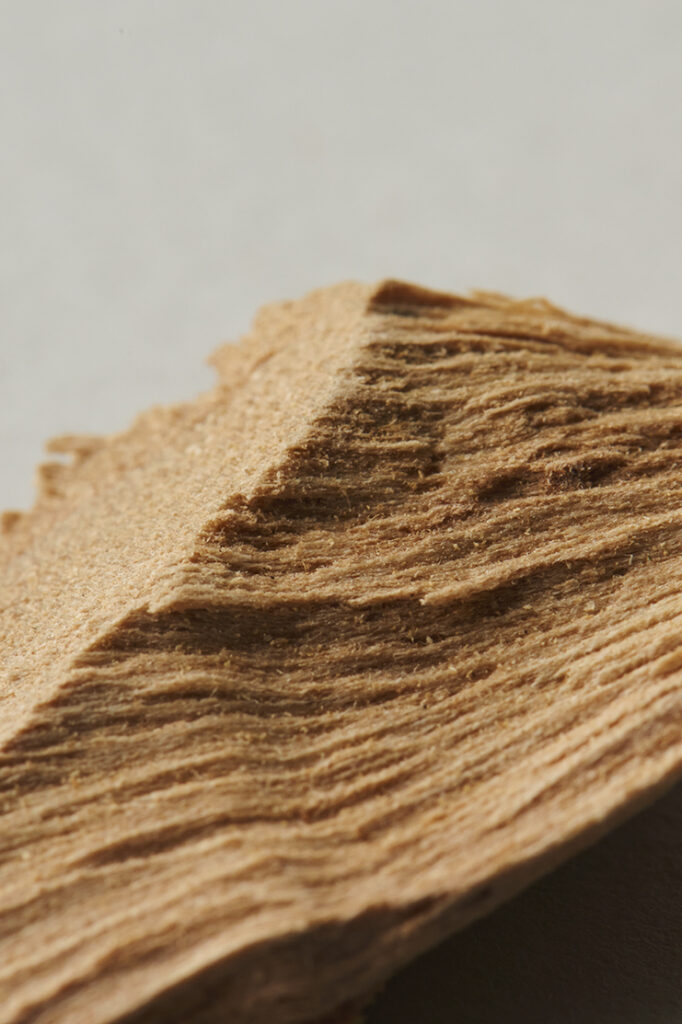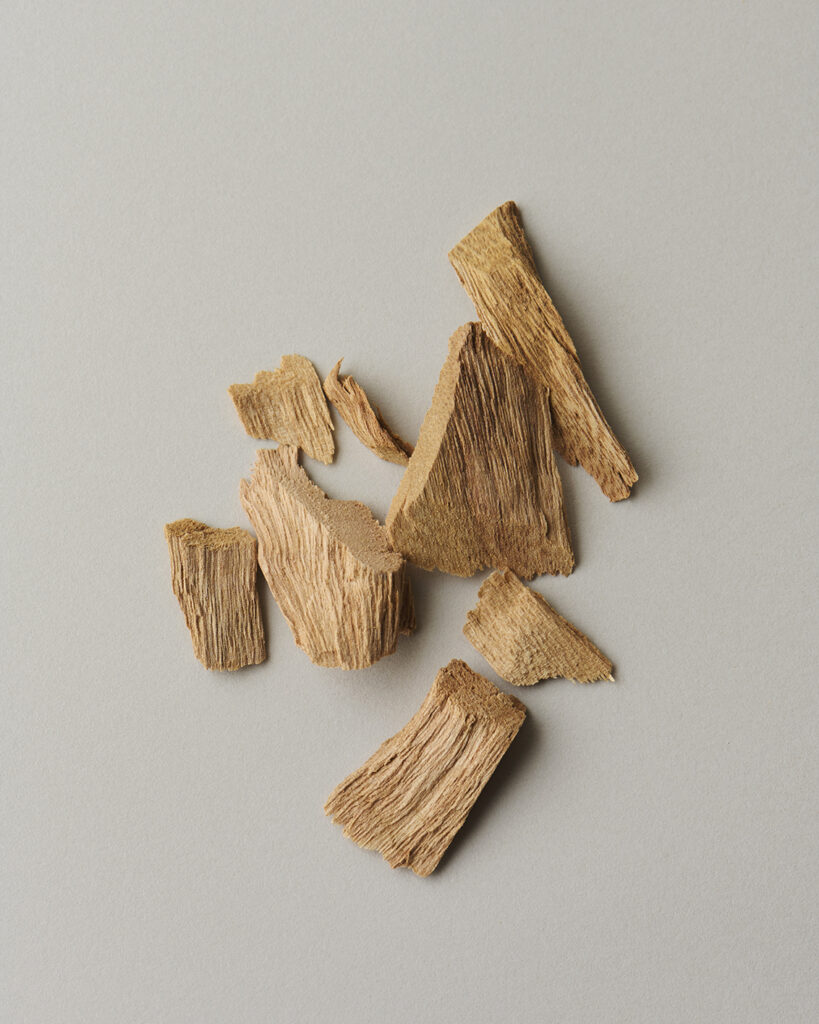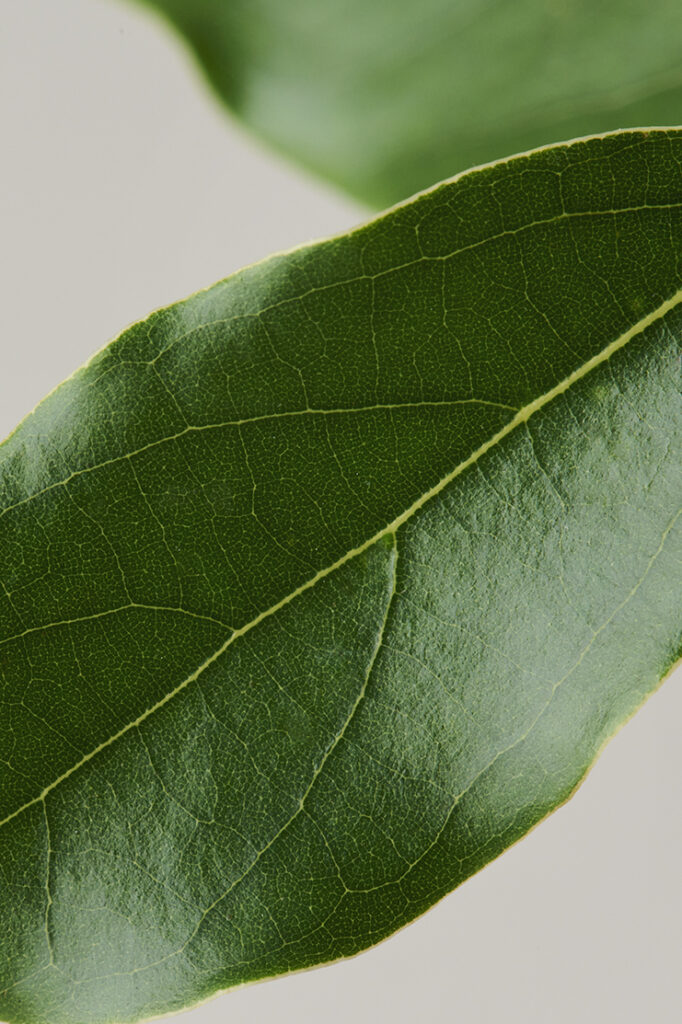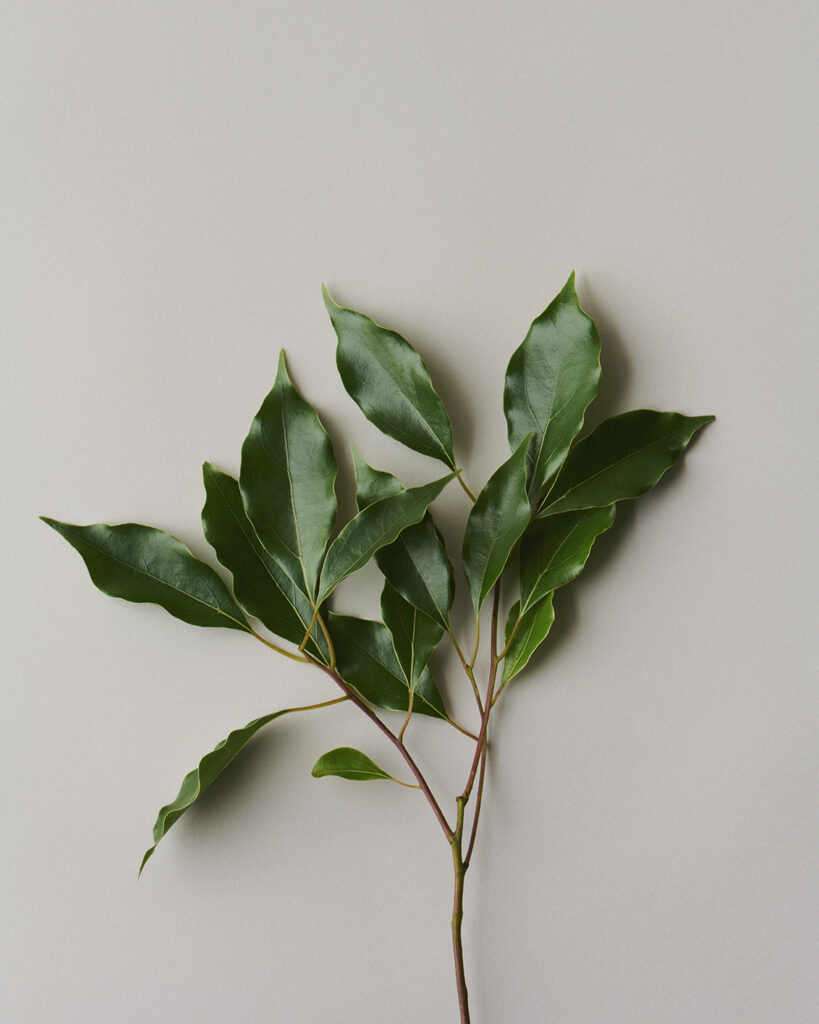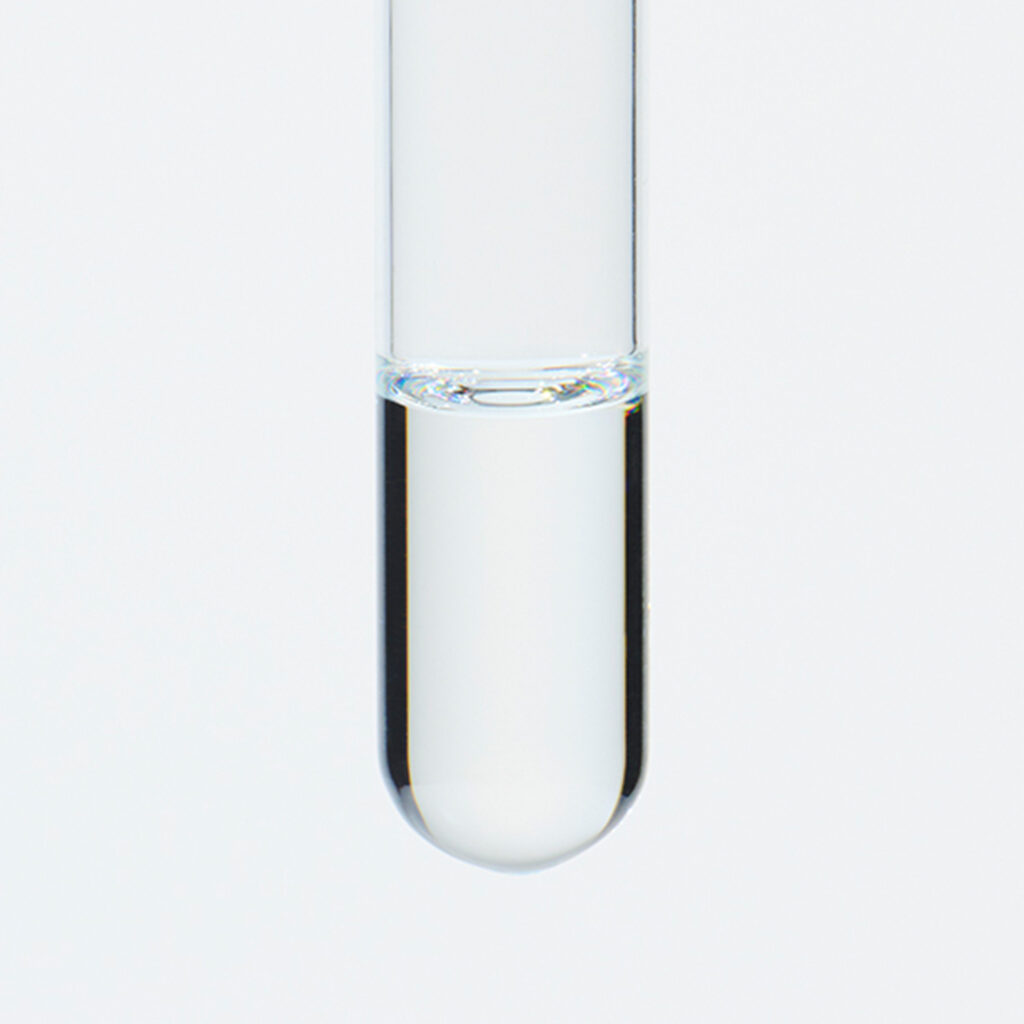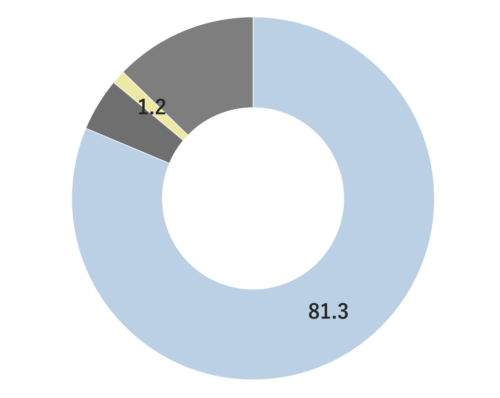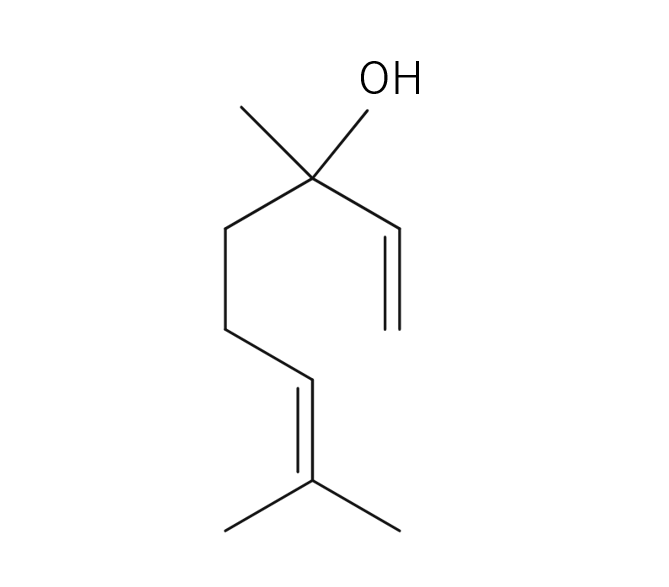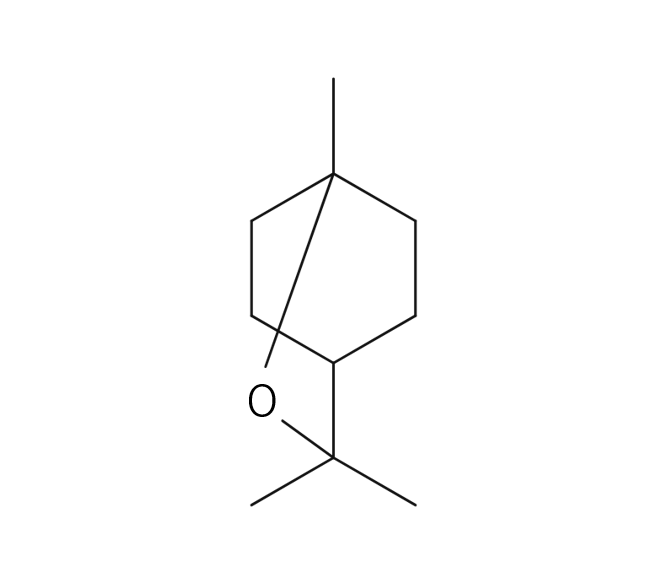About 2% of essential oil is extracted from Ho Leaf leaves through steam distillation and exhibits a colorless to pale yellowish hue. There are three distinct chemotypes: camphor type, cineole type, and linalool type, with this particular oil belonging to the camphor type. Its primary constituents include camphor, 1,8-cineole, and sabinene. The aroma is characterized as woody with a fresh sweetness and a slightly refreshing, clean scent. It imparts a sense of reassurance and encourages deep breathing. This essential oil blends well with various other essential oils, but particularly complements citrus oils like Orange and Lime, as well as woody essential oils like Cypress and Sandalwood, offering woody tones with sweetness and depth. Due to its relatively mild fragrance, it is advisable to add a bit more of this essential oil to maintain a well-balanced aroma blend.
